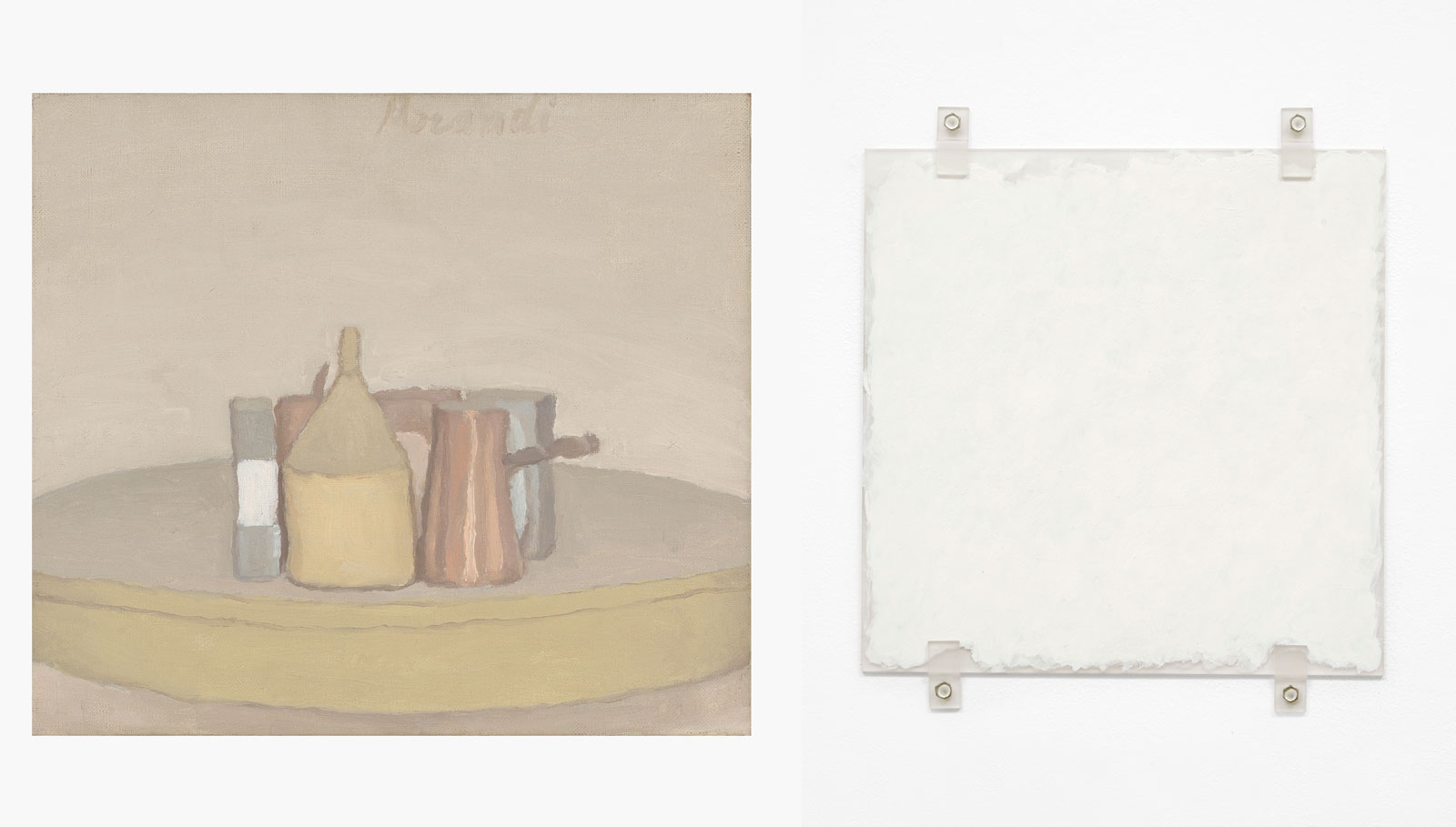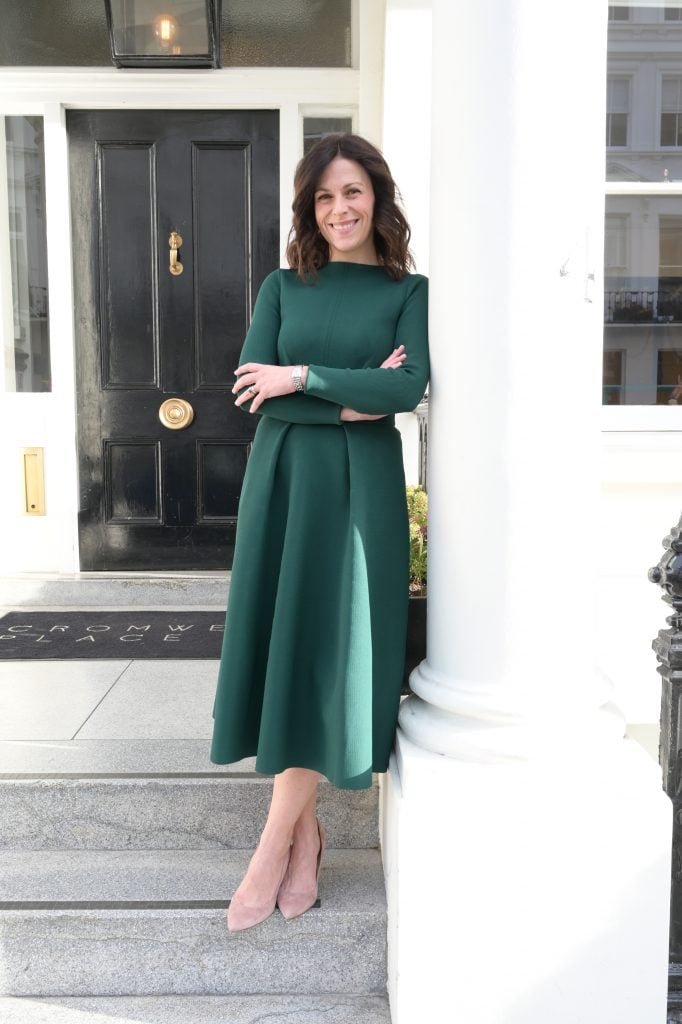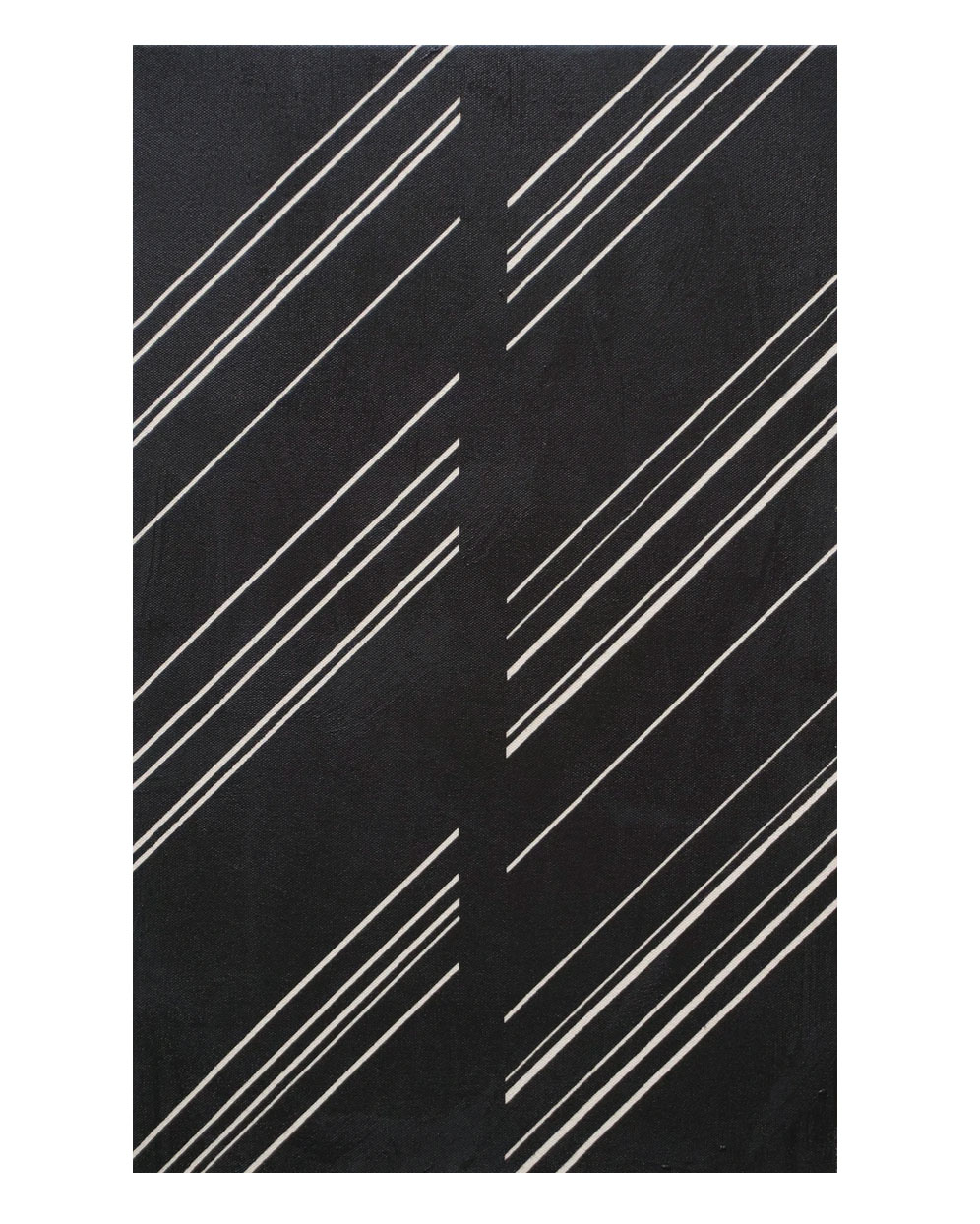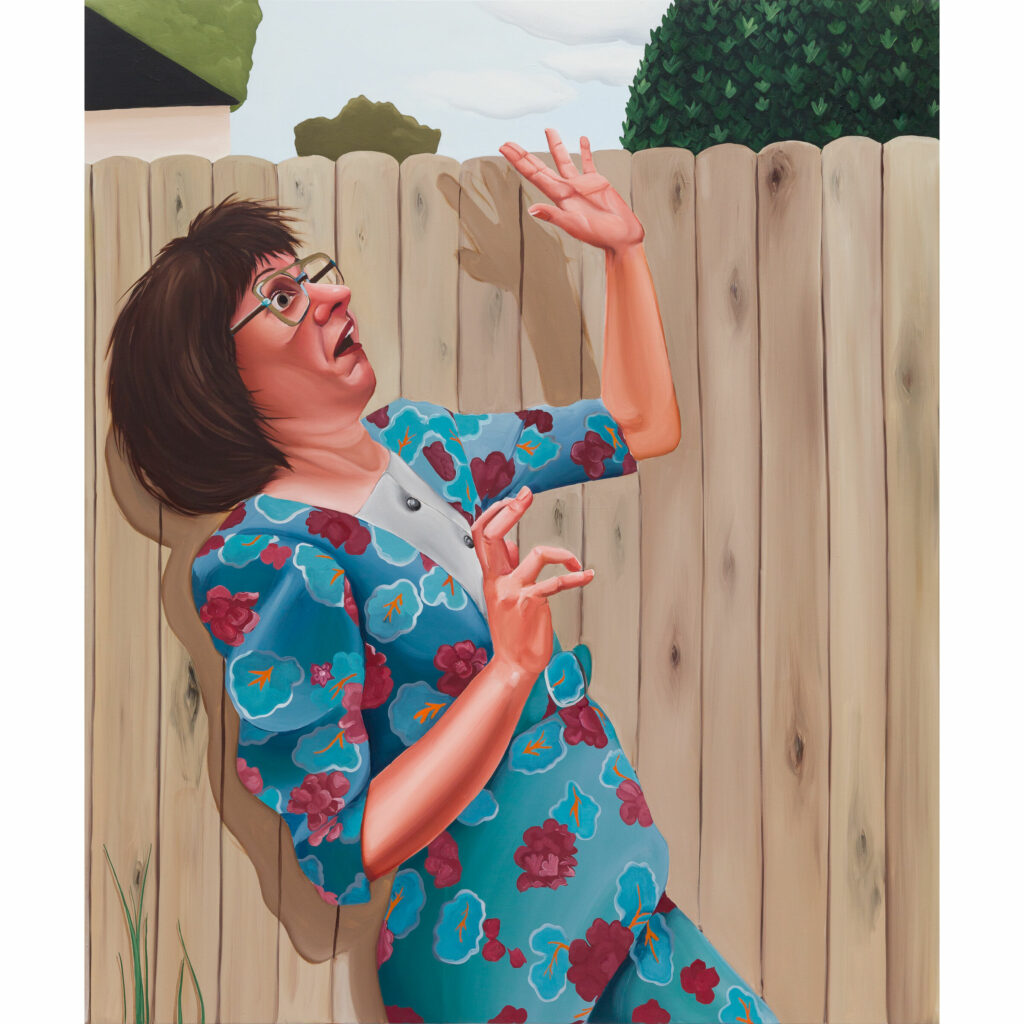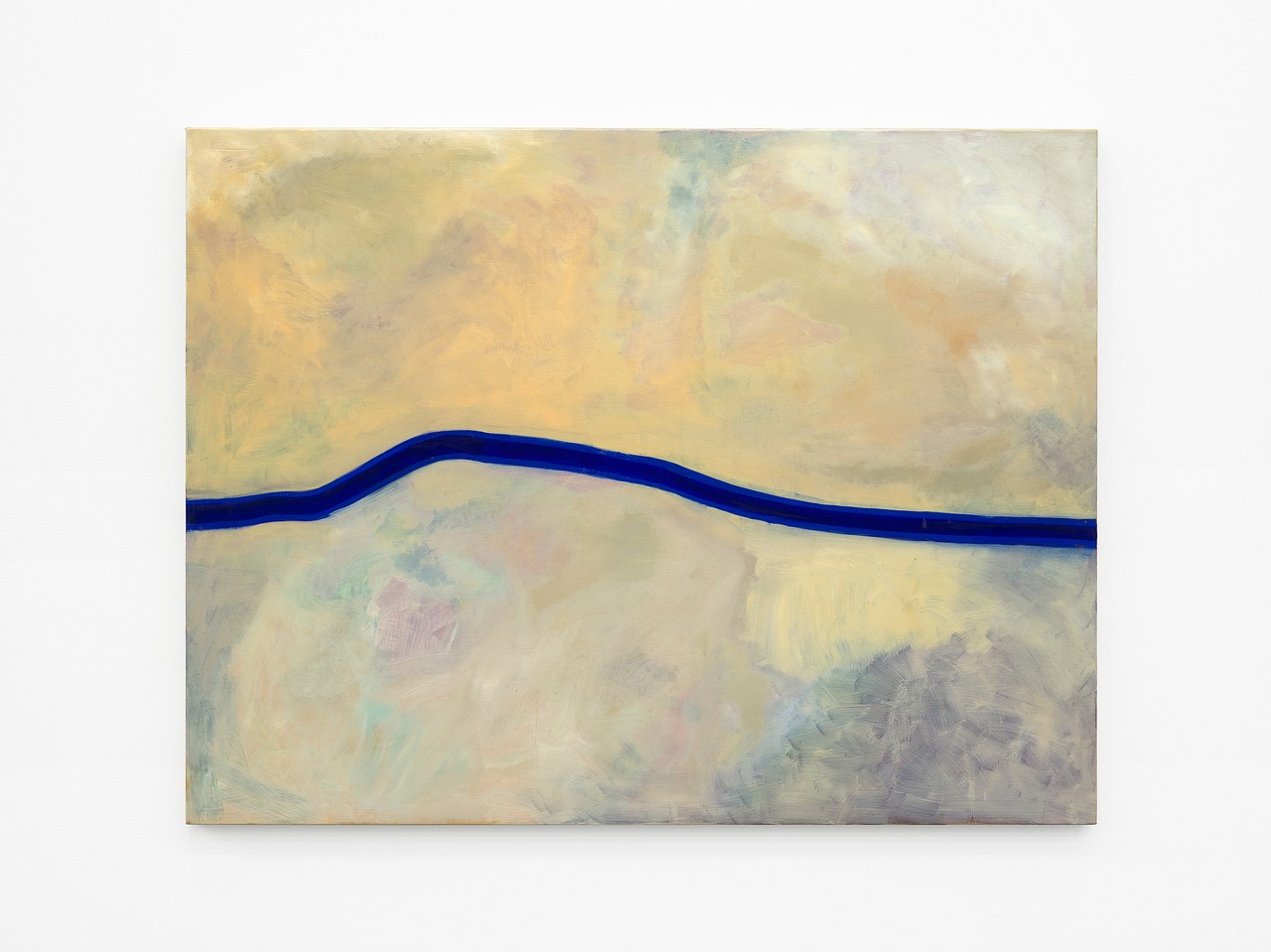Notebook 10, l'enfance de sanbras
2021 - Installation (Installation)
11 x 30 cm
Kelly Sinnapah Mary
Notebook 10 , l ‘enfance de sanbras (The Childhood of Sanbras) series by Kelly Sinnapah Mary is a sequel to an earlier series by the artist titled Cahier d’un non retour au pays natal (2015). This earlier work considers the process of reconstructing an identity of the Indian workers who arrived in the Caribbean during the post-slavery period. The work addresses the conditions of recruitment of these Indian workers, the strategies of the recruiters, how they lured them onto ships to bring them back to the plantations. Inspired by two authors, Aime Cesaire and Khal Torabully, the artist reinterprets masterworks of Caribbean literature. The Childhood of Sanbras series approaches another axis of reflection wherein Sinnapah Mary engages with her experiences and memories as a child, and the characters she identified with, while exploring current stories about the Indian diaspora in the French West Indies. Working with the concept of memory, her notebooks function like diaries in which characters take form and retell a story through drawings and sculptures that refer to a ludic universe of children. The series introduces the stories of Sanbras, a little girl in a school uniform and braids—an element so present in the artist’s practice that serves as a metaphor for the construction of identity through the gesture of braiding. The artist’s narrative mixes elements of Caribbean culture, Maroons, and Hinduism. Sanbras, in some of the works, has extra arms, legs, or a third eye. The little girl meets other friends throughout the story and builds a community. This resilient new village formed by Sanbras is a reference to the Marronage, of which she is part and wishes to build a new ecosystem. In the sculptures that accompany the notebooks, the artist explores Sanbras in a more material and corporeal manner, giving another dimension to the character through an ingenuous naivety.
Kelly Sinnapah Mary is a multidisciplinary artist who’s work is informed by the diasporic journey of her ancestors. She is the descendant of indentured laborers sent from India to Guadeloupe by the French Government in the 19th century to replace the free labor of the transatlantic slave trade. Sinnapah Mary’s practice reflects on her Indo-Caribbean identity by unpacking the details of her ancestors’ middle passage to Guadeloupe. Through the lens of science fiction, she often explores the so-called feminine universe; working with floral themes, soft materials, and fairy tales, using techniques that contrast the poignant and politically charged subject matter she addresses. From this friction, Sinnapah Mary traces her ethnic heritage, while questioning her roots as someone caught in two nested worlds—confronting concepts of ‘negritude’ and ‘coolitude’. ‘Coolie’, an expression coined by Caribbean poet Khal Torabully, is a pejorative name given to Indians who migrated to the Caribbean.
Colors:
Related works sharing similar palette

© » KADIST
Gabriel Pericas
2014“Weight & velocity (cat on router)” is a duo of two humorous photographs of a cat lying on a computer router...

© » KADIST
Manuel Solano
2020Since Manuel Solano became blind, they developed a technique that relies on audio descriptions that allow for an assistant to place pins and threads on a grid that guides the artist’s hands through the surface...

© » KADIST
Micah Lexier
2017This One, That One by Micah Lexier does not have one ultimate version, but instead consists of a source body of 51 separate chapters that are edited to make up different versions...

© » SLASH PARIS
Prix Marcel Duchamp — 2023 — Centre Georges Pompidou — Exhibition — Slash Paris Login Newsletter Twitter Facebook Prix Marcel Duchamp — 2023 — Centre Georges Pompidou — Exhibition — Slash Paris English Français Home Events Artists Venues Magazine Videos Back Prix Marcel Duchamp — 2023 Exhibition Mixed media Upcoming Prix Marcel Duchamp 2023 — Bertille Bak, Bouchra Khalili, Tarik Kiswanson et Massinissa Selmani © ADIAF Prix Marcel Duchamp 2023 In 9 months: October 2, 2023 → January 2, 2024 Bertille Bak, Bouchra Khalili, Tarik Kiswanson and Massinissa Selmani are the four finalists of the 2023 edition of the Marcel Duchamp Prize...

© » SLASH PARIS
Guillaume Chamahian — Détritique 2 — Analix Forever Gallery — Exhibition — Slash Paris Login Newsletter Twitter Facebook Guillaume Chamahian — Détritique 2 — Analix Forever Gallery — Exhibition — Slash Paris English Français Home Events Artists Venues Magazine Videos Back Guillaume Chamahian — Détritique 2 Exhibition Photography, mixed media, video Upcoming Guillaume Chamahian, Le baiser, 2023 Impression sur plaque de grès Guillaume Chamahian Détritique 2 In 2 days: Wednesday, December 20, 2023 3 PM → 9 PM Artiste du réel, de ses représentations, traitements et retraitements, Guillaume Chamahian travaille à la croisée de la photographie documentaire, de l’art conceptuel, de la dénonciation politique et l’art d’investigation...

© » KADIST
Karla Kaplun
2019Studying the body in movement, this series of drawings depart from Karla Kaplun’s work A ztec BLAST® Workout (AWB) ...


